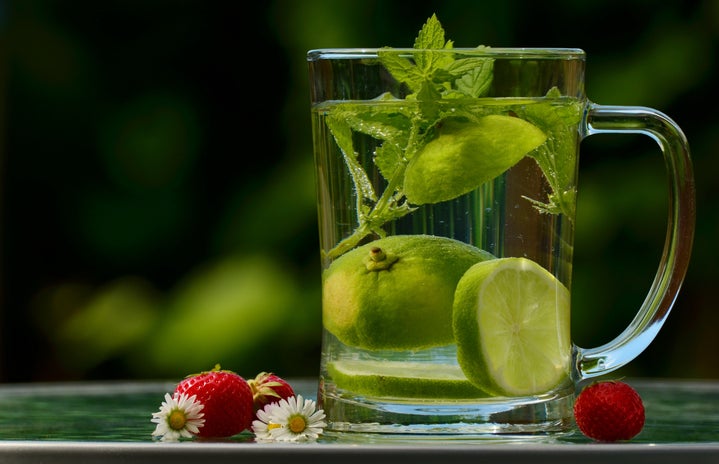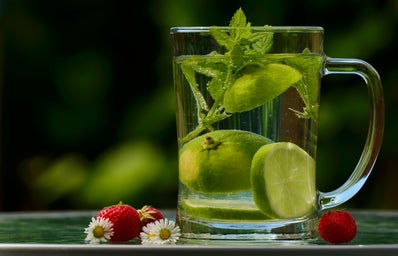Everyone has heard the horror stories of the dreaded toxic shock syndrome-every girls worst fear. But the lack of people affected by it has always kept my fear at bay until the recent increase in buzz about the dangers feminine products.
So, I began to get curious and asked myself the question I have never really thought about before, “Do we really know what we are putting into our bodies every month?” Considering up to 86% of women use tampons in the US and a woman could use up to 16,000 tampons during her lifetime, I wanted to do some research and see what these rumors are all about. After doing some digging, I found out that companies are not legally required to disclose ingredients in tampons, pads, and fragrances in their products because they are listed under the FDA as “medical devices”. That means that potentially toxic chemicals like carcinogens, reproductive toxins, endocrine disruptors, and allergens can be used in the making of these products which can result in serious health problems like breast cancer, asthma, reproductive issues, and allergic reactions.
(SOURCE: https://www.glamourmagazine.co.uk/article/what-to-eat-on-your-period-dur…)
To make matters worse, vaginal tissue is more absorive the other tissues, so the potential toxins have an easy entry into our bloodstream. Tampons users should be a little more wary. To achieve their white color, tampons are bleached by dioxin which is a toxin linked to abnormal cell growth within the body, immune system suppression, and abnormal tissue growth. While the FDA’s official stance on the issue is that there is no health risk connected to the amount of dioxin in tampons, I still think it’s important to educate ourselves on the chemicals that could enter our body.
So what do we do with this information? Well we have a few options. Look for brands that disclose all their ingredients, like LOLA which is a company that prides itself on being completely free of all toxins, dyes, or synthetic fibers or other brands that follow a similar style.
(SOURCE: https://www.mylola.com/pages/about)
It’s also better to use products that are unscented when possible and to pick brands that use chlorine-free bleached or unbleached cotton for their tampons and pads. Something else we could do is push policy makers to require manufacturers to disclose all ingredients in their feminine products.
New York is actually making big strides in this area and they might be the first state to allow women to know exactly what’s in our products. In June of this year, they passed legislation requiring all makers of tampons, pads, menstrual cups, and period underwear to list all ingredients on their packaging, which is a big win for women in New York.
Now the rest of the state just have to follow in their footsteps. Feminine products might be something we don’t think about until we have too, but they are extremely important to the mobility and comfortability of girls all over the world and its important that we educate ourselves on what’s actually in them. We worry about the chemicals in the food we put into our bodies, so feminine care shouldn’t be any different, and frankly neither should the regulations. I think it’s important to start the conversation.



